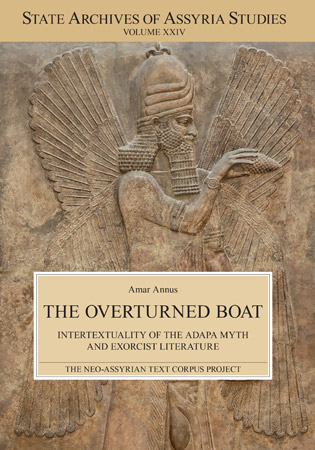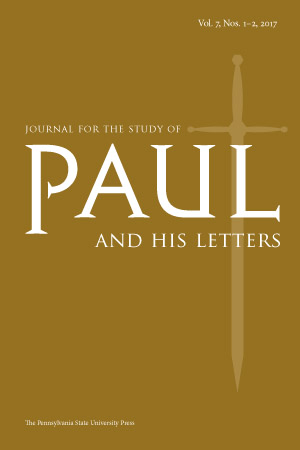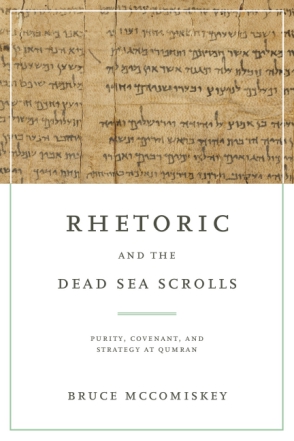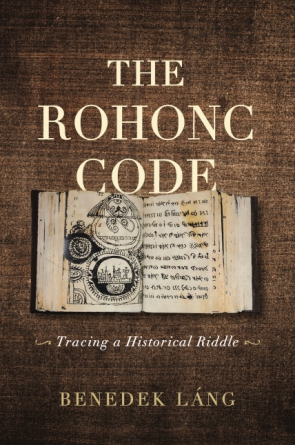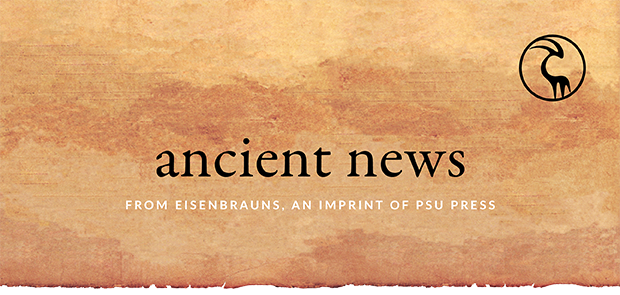
in this issue
general news
Welcome to the May issue of Ancient News!
Don’t miss the latest Two-Week Sale: 40% off books in the Cornell University Studies in Assyriology and Sumerology Series. Use code 2021EJ at checkout to claim your discount. The sale ends May 9th, so place your order today! Stay on top of all of our special offers on our Sales & Specials page. You can also get up-to-date info about sales and new releases by subscribing to BookNews.
If you have an idea for a project, send an email to Jen Singletary, our acquisitions editor. She’d love to hear from you.
Enjoy!
two-week sale
Save 40% on Cornell University Studies in Assyriology and Sumerology Series through 5/9.
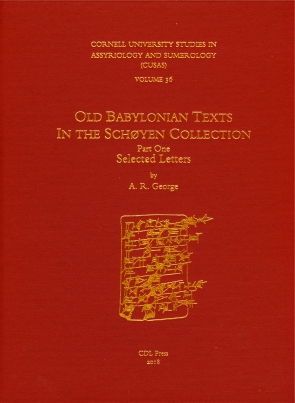
Old Babylonian Texts in the Sch°yen Collection Part One: Selected Letters
$99.95 $59.97
This volume presents a selection of 216 Old Babylonian letters as a first installment of the Sch°yen Collection’s holdings of these documents. To these have been added five letters now in another private collection, making 221 in total. The letters are edited in transliteration and translation; the cuneiform is presented mostly in the form of photographs.
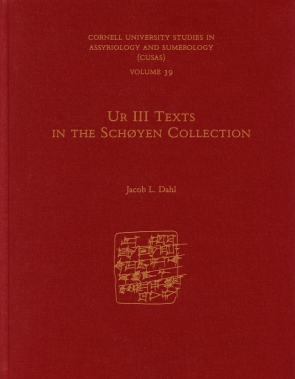
Ur III Texts in the Sch°yen Collection
$150.00 $90.00
Judging from the sheer amount of textual material left to us, the rulers of ancient Ur were above all else concerned with keeping track of their poorest subjects. The texts published in this volume—dating from the time of the Third Dynasty of Ur (ca. 2100–2000 BC)—attest to the immense investment of the ancient rulers in managing their subjects.
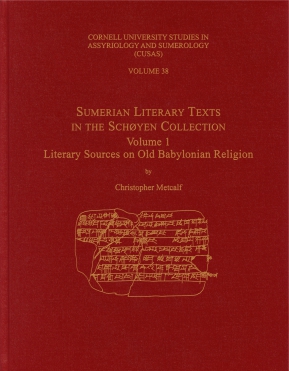
Sumerian Literary Texts in the Sch°yen Collection
$99.95 $59.97
The first in a series of volumes publishing the Sumerian literary texts in the Sch°yen Collection, this book makes available, for the first time, editions of seventeen cuneiform tablets, dating to ca. 2000 BCE and containing works of Sumerian religious poetry. Edited, translated, and annotated by Christopher Metcalf, these poems shed light on the interaction between cult, scholarship, and scribal culture in Mesopotamia in the early second millennium BCE.
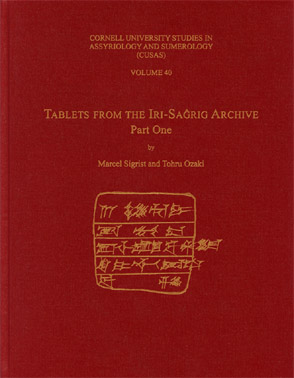
Tablets from the Irisaĝrig Archive
$149.95 $89.97
While each of the previously known archives from the Third Dynasty of Ur has provided distinct views of Sumerian society, those from Iri-Saĝrig present an extraordinary range of new sources, depicting a cosmopolitan Sumerian/Akkadian city unlike any other from this period. In this publication, Marcel Sigrist and Tohru Ozaki present more than two thousand newly identified tablets, mostly from Iri-Saĝrig. This unique and extensive corpus elucidates the importance that Iri-Saĝrig represented politically, militarily, and culturally in Sumer.
new eisenbrauns books
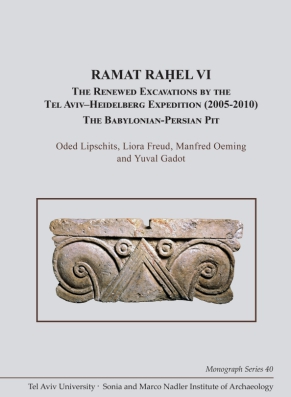
Ramat Raḥel VI
The Renewed Excavations by the Tel Aviv–Heidelberg Expedition (2005–2010). The Babylonian-Persian Pit
Oded Lipschits, Liora Freud, Manfred Oeming, and Yuval Gadot
Copublished with Tel Aviv University
This is part of a three-volume final report of the renewed excavations at Ramat Raḥel by the Tel Aviv–Heidelberg Expedition (2005–2010). It presents the finds from the Babylonian-Persian pit, one of the most dramatic find-spots at Ramat Raḥel.
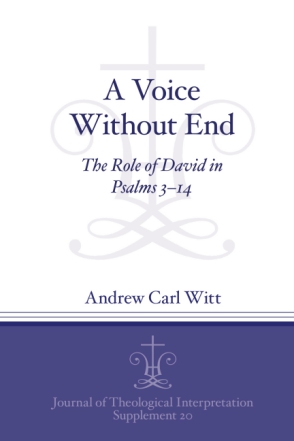
A Voice Without End
The Role of David in Psalms 3–14
Andrew C. Witt
“A Voice Without End brings to bear on the selected psalms models of interpretation that open up a much wider conversation—not only with the Psalter as a whole but with the wider contours of scripture in its final form. It will benefit biblical scholars with theological interests as well as theologians.”— Trevor Hart, author of Between the Image and the Word: Theological Engagements with Imagination, Language and Literature
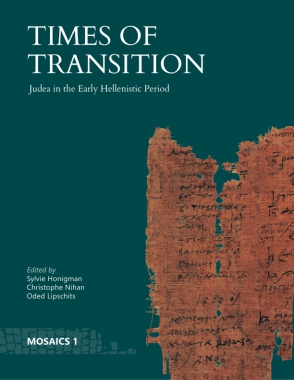
Times of Transition
Judea in the Early Hellenistic Period
Edited by Sylvie Honigman, Christophe Nihan, and Oded Lipschits
Copublished with Tel Aviv University
This multidisciplinary study takes a fresh look at Judean history and biblical literature in the late fourth and third centuries BCE. In a major reappraisal of this era, the contributions to this volume depict it as one in which critical changes took place.
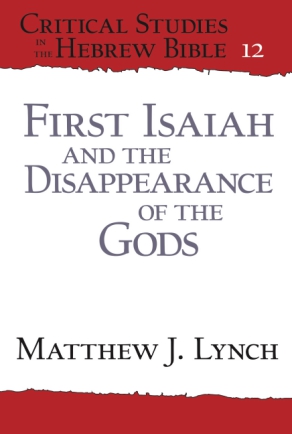
First Isaiah and the Disappearance of the Gods
Matthew J. Lynch
Just published!
“The references to idols in the first half of the book of Isaiah have never before been studied together in detail. Given the prominence of the subject in the second half of the book, this is a surprising gap that Lynch here fills with great insight. This will prove to be an enduring contribution to the wider topic of the development of monotheism in Israel.”—H. G. M. Williamson, Emeritus Regius Professor of Hebrew, University of Oxford
awards & reviews
journals
Our journals have been accepted for indexing in the European Reference Index for the Humanities and Social Sciences (ERIH PLUS)! ERIH PLUS is the most important and prestigious reference index in the European Union when it comes to international quality and impact accreditation for scientific journals in the areas of Humanities and Social Sciences. Visit their website here.
new from psu press
VIEW Bluelines, the PSU Press newsletter| Control your subscription options |
